#pollinator plants
Text
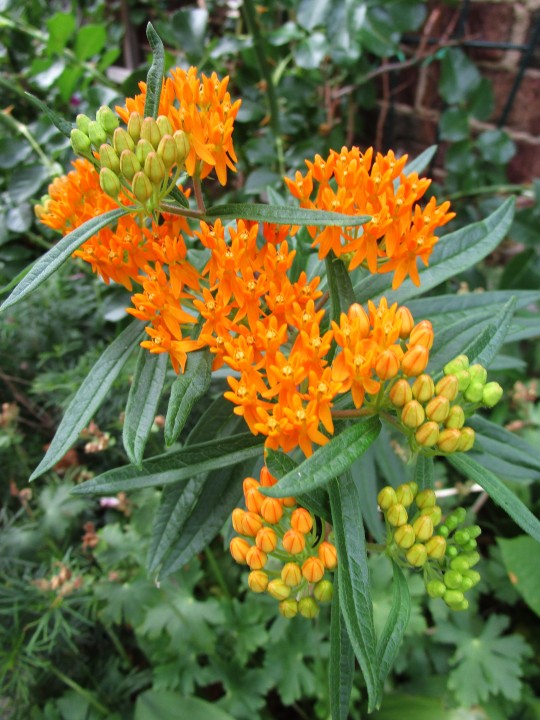

Two varieties of Milkweed - July 2, 2023
photos by Charles Reeza
42 notes
·
View notes
Text
I'm off to plant a gallon bag full of mixed wildflower seed!

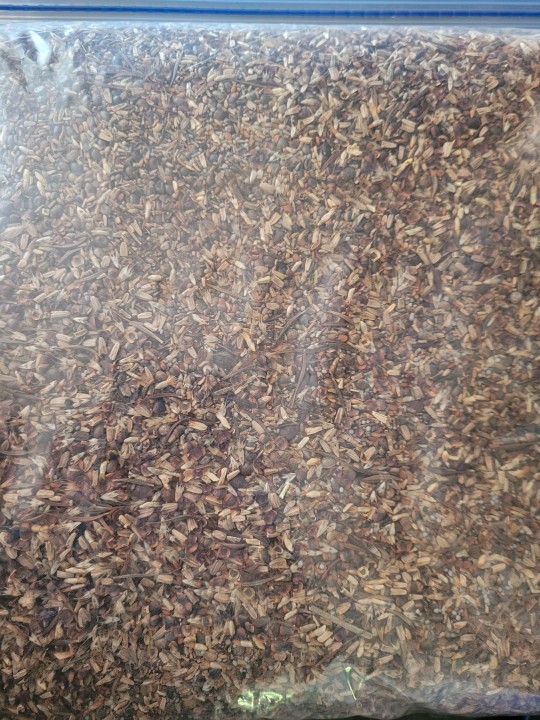
All mixed together and ready to broadcast!




Strawberry clover, lupine, chicory, and then a smorgasbord of pollinator plants!
21 notes
·
View notes
Text


:: harvests from my floral garden ::
(( calendula && marigold ))
#cottagecore#floral witch#garden#flowers#calendula#floral magic#pollinator plants#floral garden#marigolds
3 notes
·
View notes
Text
Goldenrods
It’s nowhere near the fall hayfever season, but I thought I’d PSA anyway.
Hayfever is caused by RAGWEED (Ambrosia artemisiifolia and Ambrosia trifida where I live).

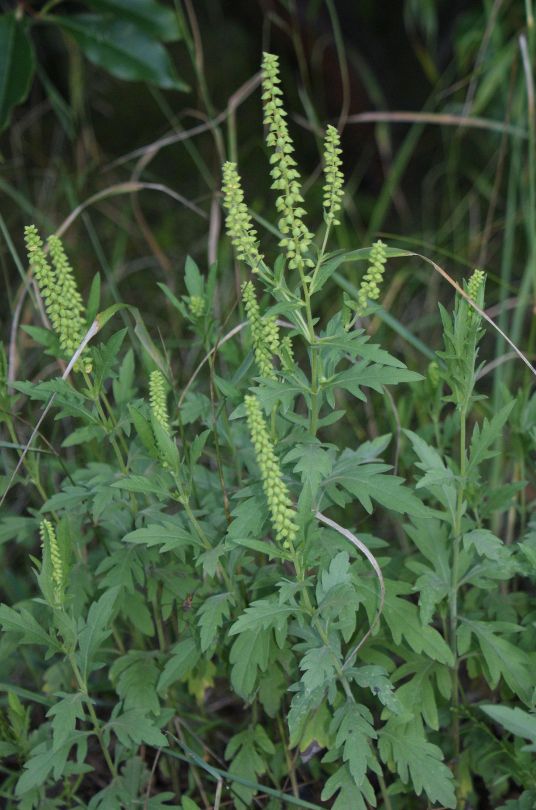
NOT. Goldenrod (Solidago, Oligoneuron, Euthamia). It is impossible for goldenrods to even cause hayfever since their pollen isn’t released to the wind. Goldenrods are beautiful, with some edible parts, some medicinal properties, and middle of summer through fall pollenators love them.
Non-exhaustive list of goldenrods
Euthamia graminifolia (Flat-top goldenrod):

Oligoneuron rigida (Stiff goldenrod):

Solidago bicolor (Silverrod):

Solidago caesia (Blue-stem goldenrod):
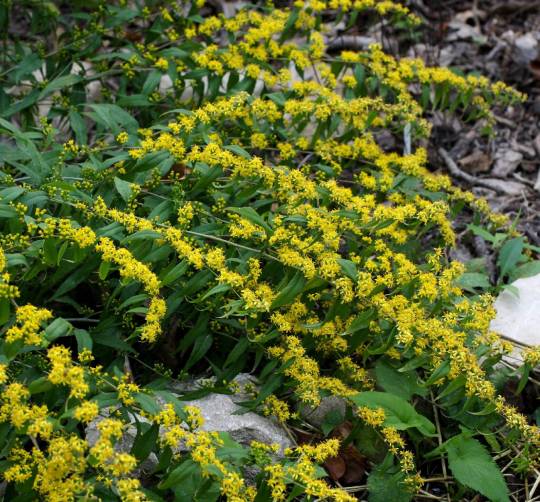
Solidago canadensis (Canada goldenrod):

Solidago flexicaulis (Zigzag goldenrod):

Solidago juncea (Early goldenrod):
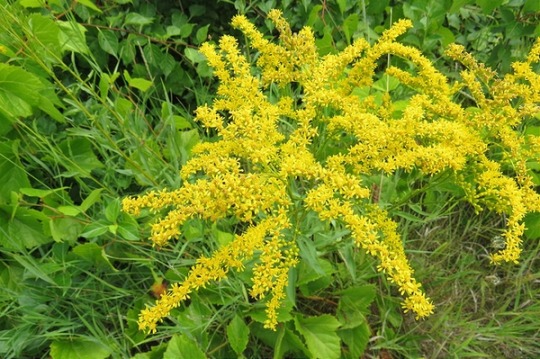
Solidago missouriensis (Prairie goldenrod):
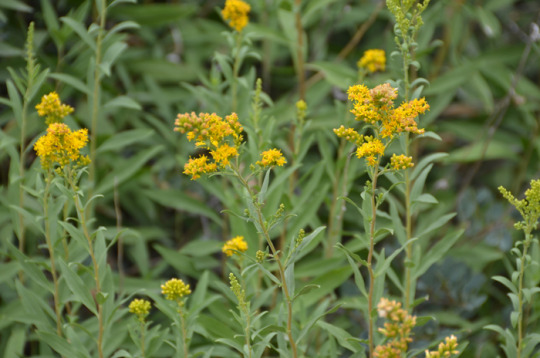
Solidago multiradiata (Alpine goldenrod):

Solidago nemoralis (Gray goldenrod):

Solidago odora (Anise-scented goldenrod):

Solidago ohiensis (Ohio goldenrod):

Solidago patula (Rough-leaf goldenrod):
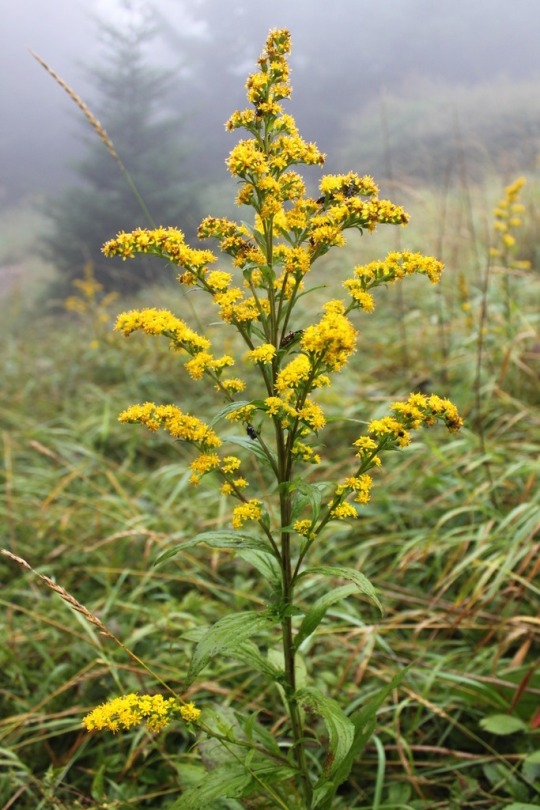
Solidago ptarmicoides (Upland white aster):

Solidago rugosa (Wrinkleleaf goldenrod):
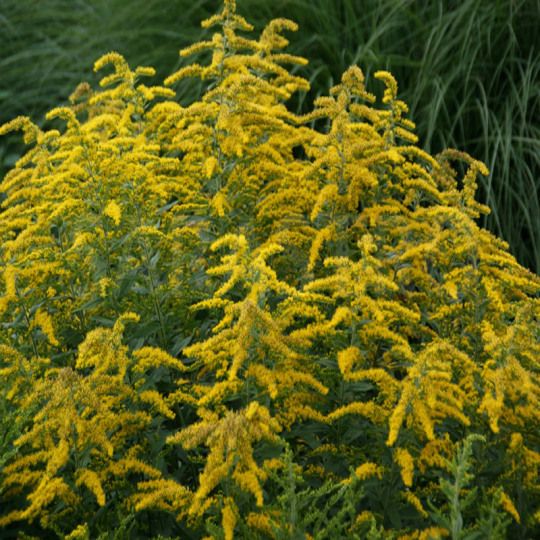
Solidago simplex (Spike goldenrod):
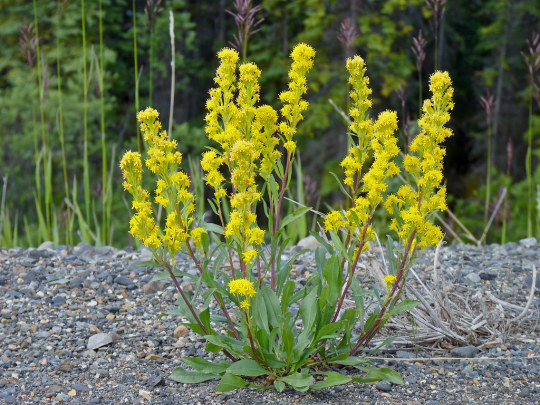
Solidago speciosa (Showy goldenrod):
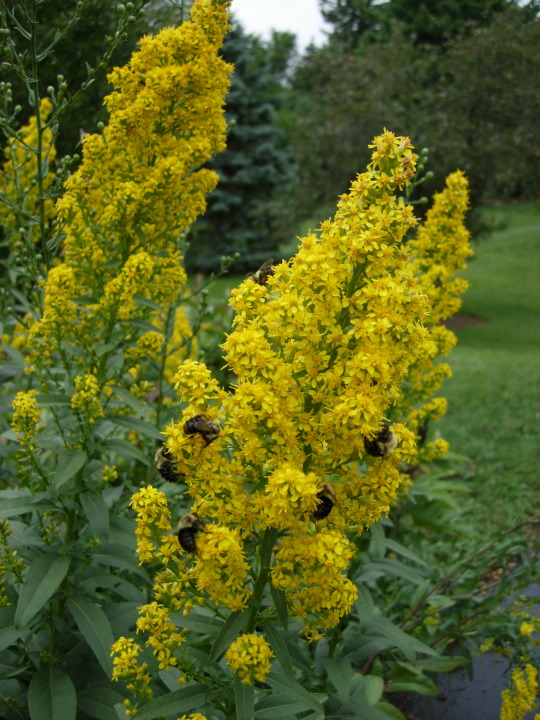
Solidago uliginosa (Bog goldenrod):
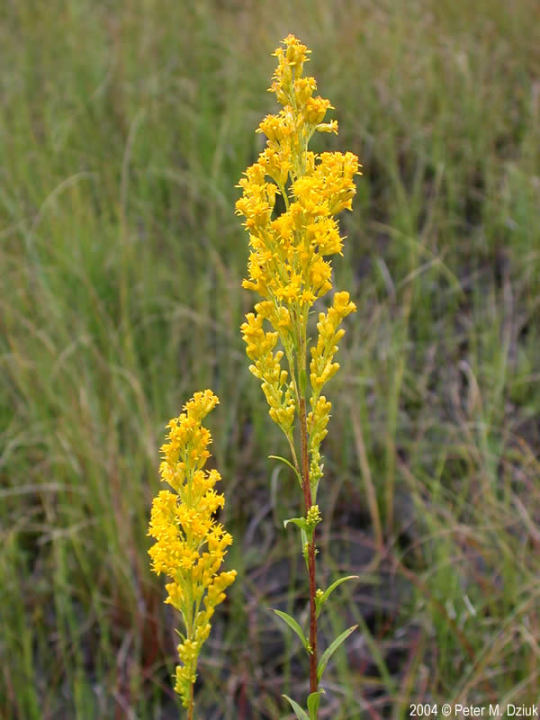
The only drawback is that many goldenrod species spread a lot and quickly if you don’t keep on top of those rhizomes. But if you need to fill a space in a relatively short period of time, why not try some in your garden? They’ll grow up green through spring and summer and put on a show in the fall (earlier depending on the species)!
#long image post#goldenrods#hayfever#ragweed#Ambrosia#Solidago#Oligoneuron#Euthamia#flowers#yellow flowers#native species of North America#North American native plants#pollinator plants
18 notes
·
View notes
Text


Spring has sprung!
Spring has been a rollercoaster here in Texas. We had a week of 30/40 high temps and then it warmed up a bit...just a bit...and then it skyrocketed to 93 degrees on the first Monday of April - for just one day. Now the temps have leveled out.
One of the things I look forward to every spring is the blooming of my crossvines - I have two. To be specific, they are tangerine orange crossvines. The crossvine has always been mine barometer for planting outside. I don't put a single plant in the ground until these girls are in full bloom. They always bloom in March - sometimes the first week and sometimes the last week.
The blooms last 2-3 weeks depending on weather. They will rebloom again later this year - if it's a super hot summer, they will bloom one more time and if it's a mild, cooler summer, I will get 3 total blooms from them.
They are a native to Texas. I didn't know that at the time of purchasing and planting them. Hell, I didn't know what a native plant was until 3 years ago - at the earliest and I didn't get immersed in native plant habitat until a year ago. I'm lucky to have these beauties in my yard - they always bring in the 3 B's of pollinators (butterflies, bees, birds).
Even when not in bloom, they provide habitat for wildlife. Lizards, birds, and the dreaded rat. I've had wrens nesting in it, and lizards/rats that hide in it. Mockingbirds and cardinals take twigs to build their nests.
The first picture is of one that I've had for 12 years - it was my very first plant to put in my garden. Based on the height of my fence and the fact that this is actually the backside - this one is 16-20 feet long. The second picture is of a crossvine that I've had for about 5 years and she's no longer than 8 feet - she doesn't get quite as much sun as the first one, thus she is growing a little bit slower. They definitely love their sun.
Here's to native plants.
#green witchcraft#green witch#gardening#texas garden#texas native plants#pollinator garden#pollinator plants#texas pollinator plants#kitchen witch#kitchen witchcraft
3 notes
·
View notes
Text
These Tips Will Give You Healthy Mums into Winter and Beyond
Mums are as iconic as the fall leaves. But keeping this frilly fall flower thriving all season long can be tricky. See these tips to increase the longevity of your mums! #Fall #Flower #Tips
If you love to decorate your outdoor space, then you’re probably already thinking about how to spruce it up for the cooler months. And what’s fall decorating without some corn stalks, hay bales, pumpkins, and beautiful mums in all their warm, vibrant colors?
But let’s face it, as stunning as they are, mums can be pretty tricky to take care of. Don’t worry, though; even if you’re new to the game,…

View On WordPress
#annual#chrysanthemum#chrysanthemum morifolium#dahlias#daisies#dead flowerheads#fall decor#fall flowers#fall plants#filtered sunlight#mulch#mums#perennil#phototropic#pollinator plants#pom poms#repotting#rootbound#straw#watering#well watered#winterizing mums#zinnias
1 note
·
View note
Text
Flourishing Penstemon in the Phoenix Landscape: Embracing Beauty and Resilience
The vibrant city of Phoenix, nestled in the heart of the desert Southwest, offers unique opportunities for home gardeners to create stunning landscapes that celebrate the beauty and resilience of native plants. Among the diverse array of desert-adapted flora, Penstemon stands out as a true gem. In this blog post, we’ll explore the various types of Penstemon that can thrive in the Phoenix…
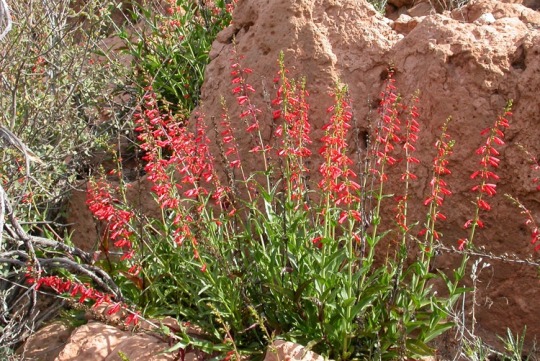
View On WordPress
#Desert Flora#desert gardening#Garden Design#Landscaping#Low-Maintenance Gardens#Native Plants#Penstemon#phoenix#Pollinator Plants
0 notes
Text
Landscape - Walkway
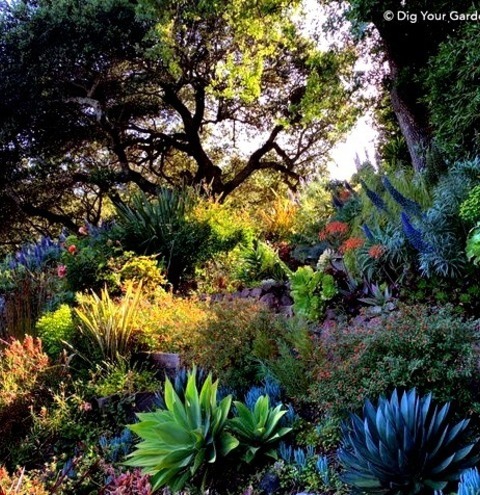
This photo shows a sizable stone walkway on a hillside that can withstand drought and receive some sunlight in the Mediterranean.
#mediterranean plants#marin garden#landscape design ideas#natural garden#stone walls#pollinator plants
0 notes
Text
Natural Stone Pavers Landscape in DC Metro
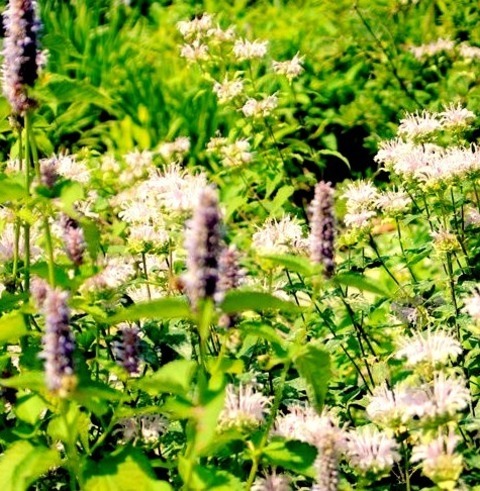
Inspiration for a large farmhouse drought-tolerant and full sun front yard stone landscaping in summer.
0 notes
Photo
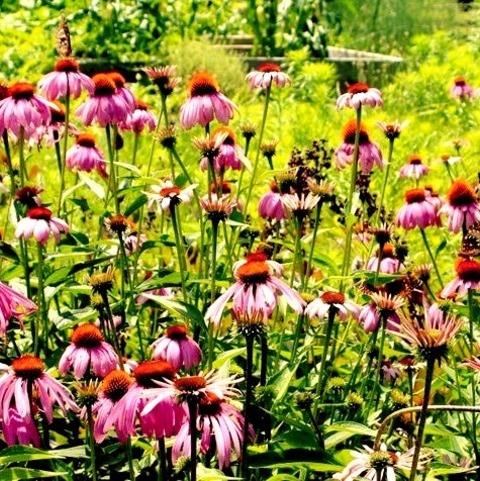
Farmhouse Landscape DC Metro
This large farmhouse serves as an illustration of stone landscaping with full sun and drought tolerance.
0 notes
Text
LINK FEST: 20 JUNE 2023
Links that may or may not be related to gardens, food, travel, nature, or heterotopias and liminal spaces but probably are. Sources in parentheses.
guide: Gardening for Pollinators (Native Plant Trust). A 34-page PDF with many helpful suggestions for successful pollinator planting.
photos: La France: Pictures from two weeks’ touring (Rosecrans Baldwin/Meditations in an Emergency). Nice sense of…

View On WordPress
#apocalypse#climate#end of world#France#humour#linkfest#links#marketing#native plants#pollinator gardening#pollinator plants#pollinators#real estate photos#talking to children#travel photos#wildfire smoke
0 notes
Photo

DC Metro Landscape
#Inspiration for a large farmhouse's front yard stone landscaping in the summer that is tolerant of drought. pollinator garden#flowers#green#natural#native#pollinator plants
0 notes
Photo
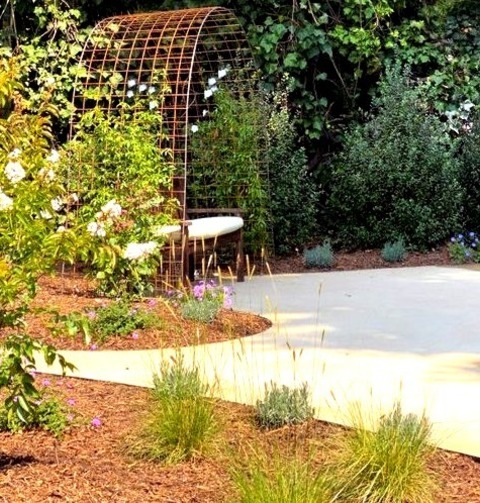
San Francisco Landscape Pathway
#An example of a large traditional drought-tolerant and partial sun backyard stone garden path in fall. ross#peaceful garden design#marin garden designer#bluestone patio#landscape#naturalistic garden#pollinator plants
1 note
·
View note
Text
The AUDACITY of venus fly traps to expect pollinators to help them reproduce after spending all their time eating bugs
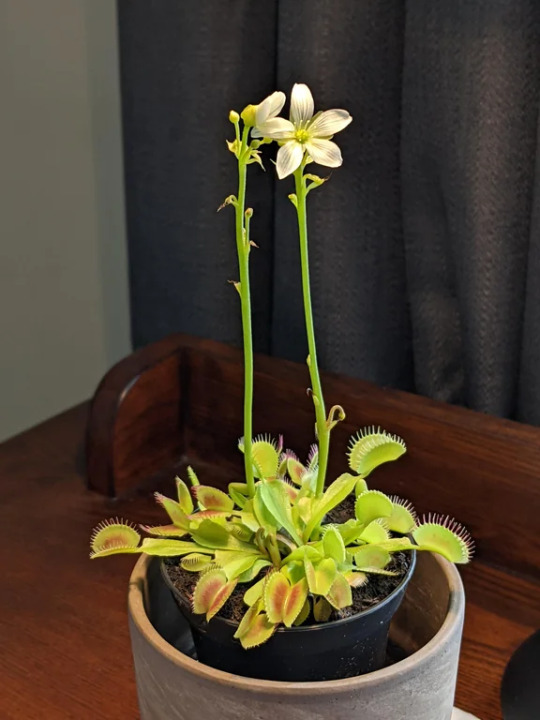
5K notes
·
View notes
Text
If you're in the U.S. and want to support local plants and pollinators, I hope you've heard of the Xerces Society. Weird name, but super cool resource for gardening for insect pollinators (and they work for other invertebrate species, too)
They've got regional native plant lists:
They've also got super helpful things in their resources section, including Washington's plan for helping bumble bees:
Another really cool resource is the National Wildlife Federation's list of key stone plant species by ecoregion:
2K notes
·
View notes
Photo

Coneflower aka Echinacea
My babies came back!
These little guys were started from seed in 2020. It took my several attempts to get it right and even then, I think it was a fluke. I’ve never tried to grow this Texas native pollinator plant from seed before, it’s always been transplant. But I decided to start harvesting he seeds from my Echinacea plants in one of my other more established gardens. I nurtured them for a year in starter planters before transplanting to their new forever home. I built this pollinator garden last fall just for these guys. I watered, fertilized, and loved on them all winter long. As a result, they’ve rewarded me by coming back!
Echinacea’s are not easy to start from seed - at least not self harvested seeds. I’m constantly researching to find the best ways to start from seed. For instance they need to be cold stratified and don’t need to be buried deep in the soil, but sprinkled on top and “lightly” covered. (I most certainly didn’t do that with these guys) They also take FOREVER to grow. They may be quick to sprout, but after that...they slow down and do need to be loved on a little more than most seeded plants.
I’m still working on growing from seed. Still making many more attempts and still failing many more times. But I’m learning, taking notes and hoping for a few more plants to put in this pollinator garden. The reward in the long run is so worth the work and failures I’m putting in now.
#garden witch#green witch#gardening#urban gardening#urban garden#native garden#herb garden#Texas native plants#native plants#native landscape#pollinator garden#pollinator#pollinator plants
6 notes
·
View notes